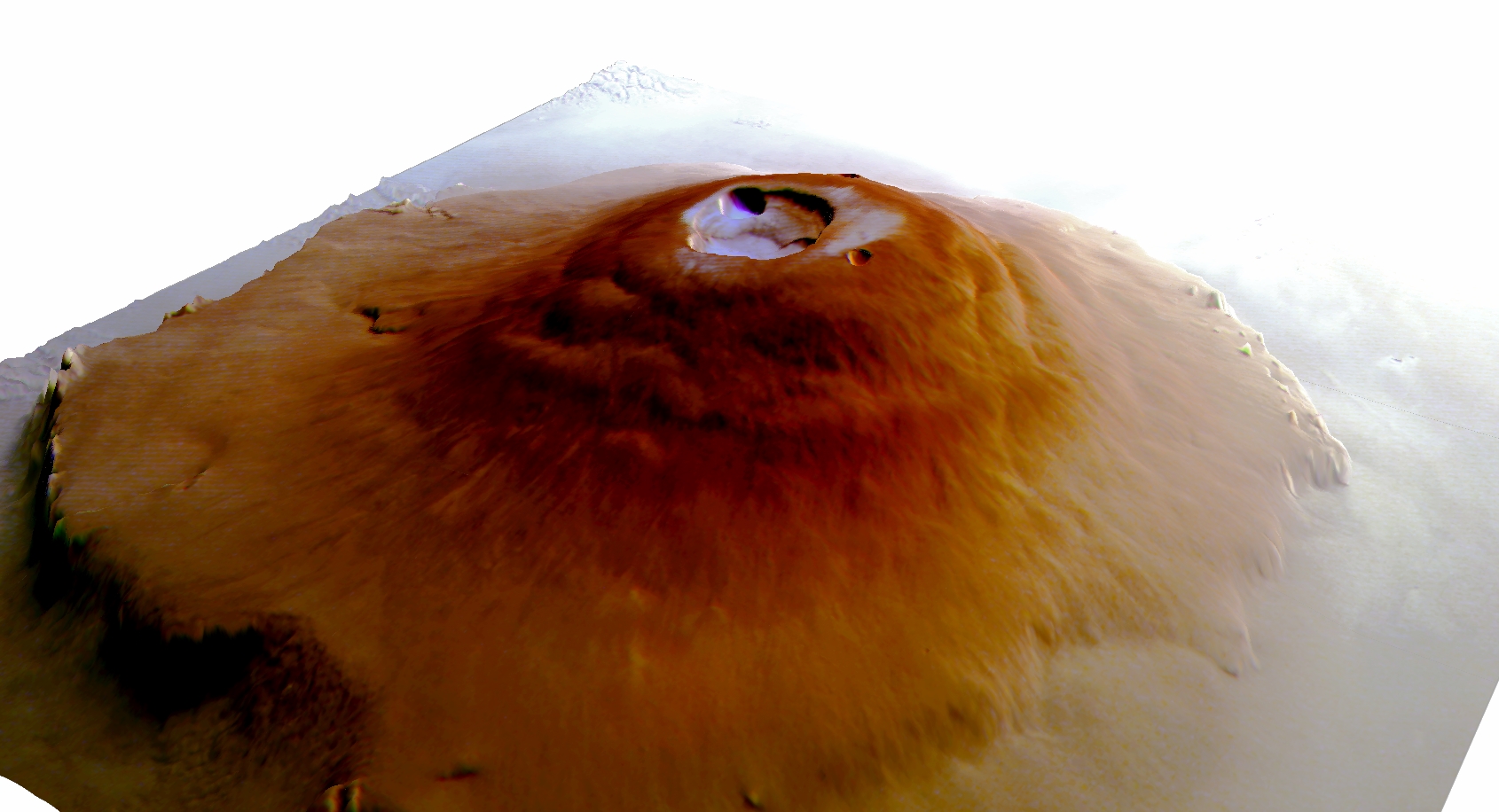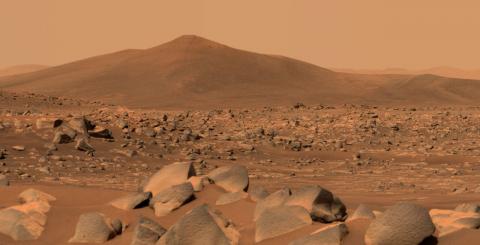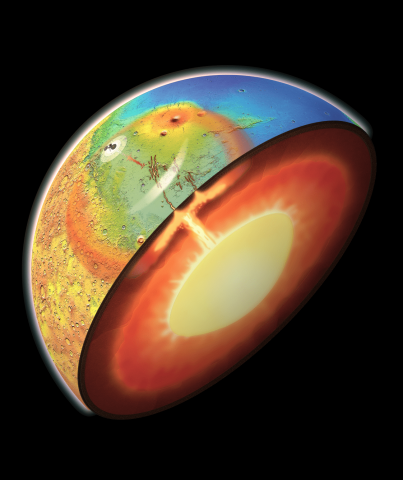Ice detected for the first time near Mars' equator, an area where it was thought to be impossible to exist
ESA's ExoMars and Mars Express missions have for the first time detected ice near the equator of Mars, specifically in the Tharsis volcanoes, an area of the planet where it was thought impossible to exist. According to the researchers, who publish the results in the journal Nature Geoscience, such findings are important for habitability and future human exploration.

3D view model of Olympus Mons as observed by the HRSC camera aboard ESA's Mars Express / Adomas Valantinas
Frías - Hielo Marte Ecuador (EN)
Jesús Martínez Frías
Planetary geologist and astrobiologist at the IGEO (CSIC-UCM). Academician of the Royal Academies of Sciences and Doctors of Spain. President of the Planetary Geology Commission of the Geological Society of Spain and of the Spanish Network of Planetology and Astrobiology.
This is a novel study in its entirety and very relevant from a scientific point of view, as it connects aspects linked to the water cycle on Mars and to atmosphere-regolith/rock interactions, which involves not only environmental aspects, but also those linked to the habitability of the planet. In addition, it is important to take into account the volcanic areas of Mars where the research is being carried out.
This research is one more piece in the complex puzzle of unravelling the processes currently active on the red planet. Particularly important, in my opinion, are the hypotheses on the possible sources/origins of water vapour, CO2 and SO2, as they open up interesting perspectives on the geological vitality of the planet.
[Regarding limitations] Such studies require the development of volcanological, geochemical and atmospheric research in a coordinated manner. This is not easy to achieve, as comprehensive data are not available for all areas of the planet, nor are the climatic aspects fully understood.
Valantinas et al.
- Research article
- Peer reviewed



